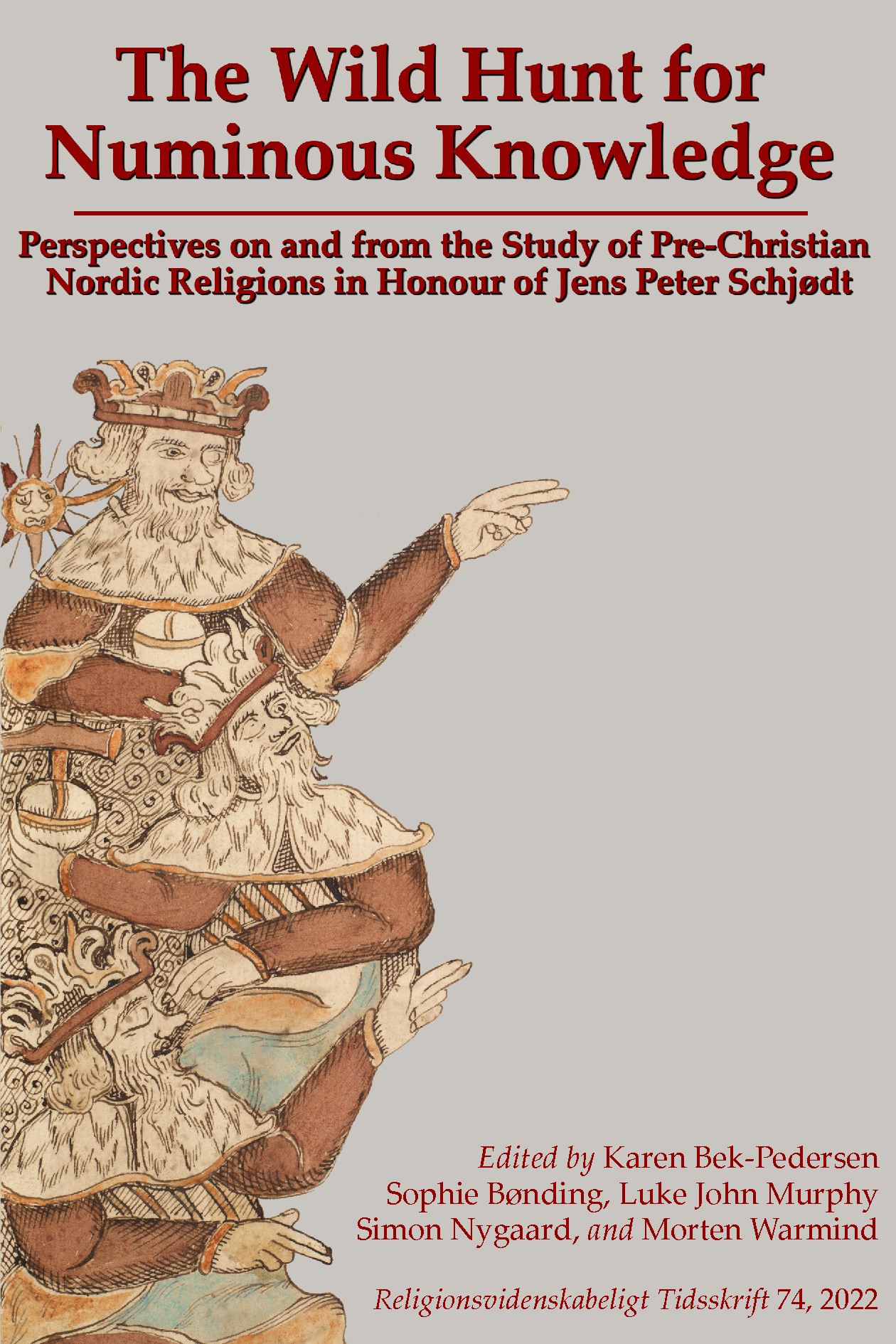Visualiseringsstrategier og erindringsarkitektur i Snorri Sturlusons Edda
DOI:
https://doi.org/10.7146/rt.v74i.132106Nøgleord:
Snorri Sturluson, Edda, Vølvens spådom, Kvadet om Grimnir, erindringskultur, erindringskunst, visualitet, billeddannelse, specula-trope, kataskopostropeResumé
ABSTRACT: This article investigates Snorri Sturluson’s Edda seen in light of medieval memory theory. It is argued that the pagan myths that are treated in bookish culture are adjusted to ideas about memory that circulated in the 13th century. It is shown that important mnemonic principles, such as spatiality and visuality, have put their stamp on the Edda and other mythological texts, which seem to describe and transmit to their readers comprehensive memory architectures and topographies. The mnemonic dimensions of the texts are important to include in source critical discussions, when the medieval texts are used as sources to pre-Christian mythology.
RESUME: Denne artikel undersøger Snorri Sturlusons Edda i lyset af antik og middelalderlig erindringsteori. Der argumenteres for, at skriftkulturens behandling af de hedenske myter har medført en tilpasning til ideer om erindringen, som cirkulerede i 1200-tallet. Det bliver vist, at centrale erindringsprincipper, såsom spatialitet og visualitet, har sat deres præg på Edda og andre mytologiske tekster, som beskriver og formidler omfattende erindringsarkitekturer og –topografier til deres læsere. Teksternes erindringsmæssige dimensioner er væsentlige at medtænke i den kildekritik, som de underlægges, når de bruges som kilder til den før-kristne nordiske mytologi.
Downloads
Publiceret
Citation/Eksport
Nummer
Sektion
Licens
Alt publiceret materiale i RvT fra og med nr. 75 (2023) er underlagt en CC BY 4.0 licens, og forfatteren har ophavsretten dertil.
Forfatteren og RvT deler ophavsretten til materiale publiceret inden nr. 75





